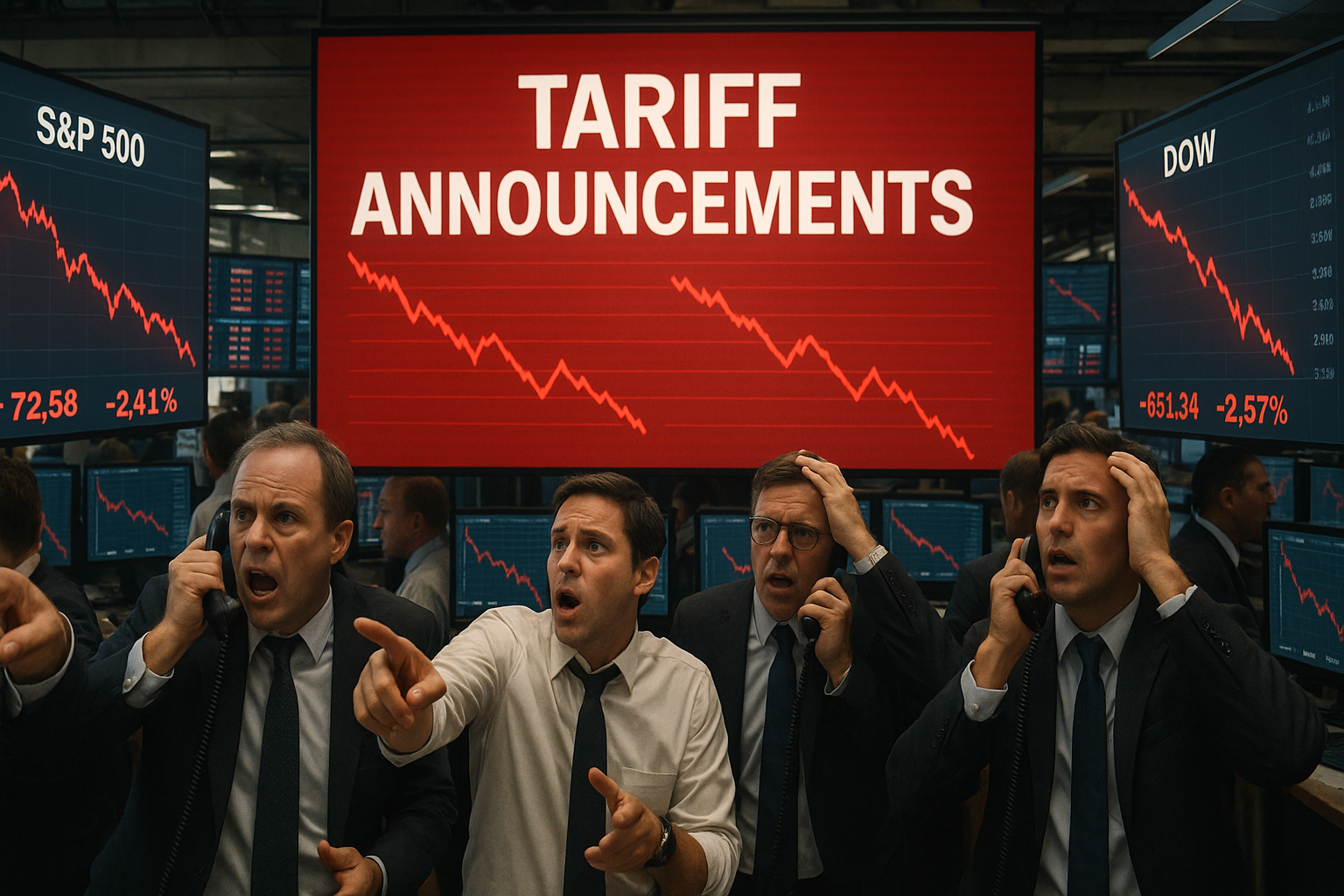Markets went into full-on panic mode yesterday, and I can't help but wonder—haven't we seen this movie before?
The latest Wall Street freakout centers on tariff announcements, triggering a sell-off that felt both predictable and oddly amplified. It's as if investors collectively developed financial amnesia about the fact that we've done this dance numerous times over the past few years.
Look, what we're witnessing isn't new. It's just the latest installment in what I've come to call the TACO phenomenon (Trump Administration's Cyclical Oscillations, if you need the acronym spelled out). The pattern is almost boringly consistent: tough talk, market jitters, eventual moderation, followed by a relief rally. Rinse and repeat.
Having covered market reactions to policy threats since 2018, I've watched this cycle play out so many times it's practically become a seasonal event, like earnings calls or Fed meetings—just with more unpredictable timing and caps lock announcements.
What's striking this time around isn't the reaction itself but its intensity. Markets despise uncertainty (who doesn't?), but they also have remarkably short memories. The same tariff threats that caused palpitations six months ago were eventually priced in and largely forgotten. Yet here we are again, same stimulus, seemingly outsized response.
I spoke with several investment managers yesterday who suggested something deeper might be at play.
"This isn't really about tariffs," one portfolio manager at a major hedge fund told me, requesting anonymity to speak freely. "The market's been looking for an excuse to correct after the AI-fueled rally. This just gave everyone permission to sell."
There's a particular flavor of wisdom coming from across the pond. A UK-based investor I regularly correspond with has positioned defensively since February—heavy in money markets and gold—a strategy that seemed excessively cautious during the market's upward climb. Now? Those gold positions (up roughly 50% YTD for British investors when accounting for dollar weakness) are looking downright prescient compared to single-digit equity returns.
This divergence between US and UK perspectives highlights something crucial: financial panic is remarkably localized despite our supposedly globalized markets. What looks like catastrophe on Wall Street might register as a mere correction—or even an opportunity—when viewed from London or Tokyo.
Before you hit that panic button (and hasn't your finger been hovering there a bit too often lately?), ask yourself: Is this genuinely new information, or just recycled news in slightly different packaging?
The S&P 500 being up "only" 4% year-to-date while gold surges might seem alarming at first glance. But context matters. After the remarkable run equities have enjoyed, a period of consolidation isn't exactly shocking. And gold's dramatic outperformance? Well, that follows extended stretches where the shiny metal delivered virtually nothing while equities compounded beautifully.
So maybe—just maybe—this latest round of market bed-wetting says more about our collective anxiety than it does about the actual impact of potential policy changes.
Markets climb a wall of worry, as the saying goes. Right now that wall's just getting a fresh coat of tariff-colored paint.
